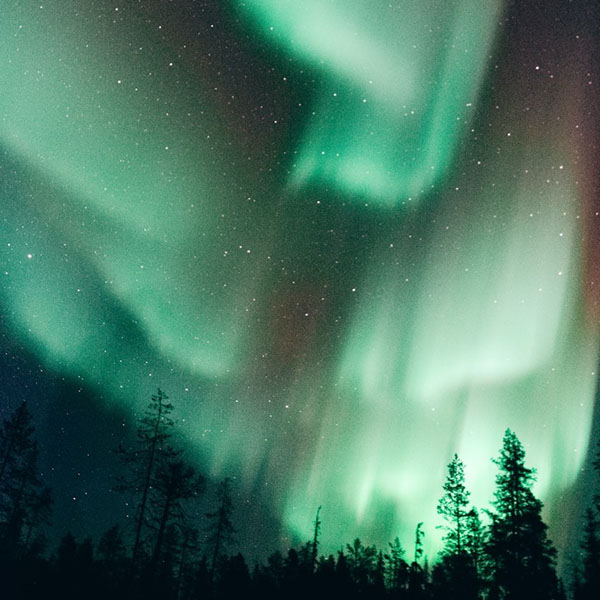Wednesday, September 28, 2022 - 3 p.m. to 4 p.m.
Zoom online
Speaker: Ying Zou
Center for Space Plasma and Aeronomic Research (CSPAR)
The University of Alabama
Abstract: Thermospheric wind circulation is important for the composition and dynamics of the neutral and ionized components of the upper atmosphere, and the circulation is often described as having a two-cell pattern as driven by large-scale auroral forcing. However, auroral forcing is variable and structured, and whether and how winds respond to such dynamic forcing is controversial. The controversy partly stems from the perception that collisions between neutrals and ions are viewed as being infrequent in the upper thermosphere. In this presentation, we present evidence that upper thermospheric winds are remarkably responsive to changes in the auroral ionosphere even during non-storm time. Individual auroral forms, for example, can drive winds to develop distinct spatial structures within ~10 min, appearing as channels, vortices, and reversals. Substorms can fundamentally alter the wind pattern within tens of minutes, where the winds are either strengthened or weakened depending the latitude and local time relative to the onset. In contrast, winds at subauroral latitudes at times respond to ionospheric convection, but not always. Our results suggest that auroral precipitation can significantly facilitate the coupling between the thermosphere and ionosphere.
Schedule: Check out the schedule for this season's Space Science Seminar Series

